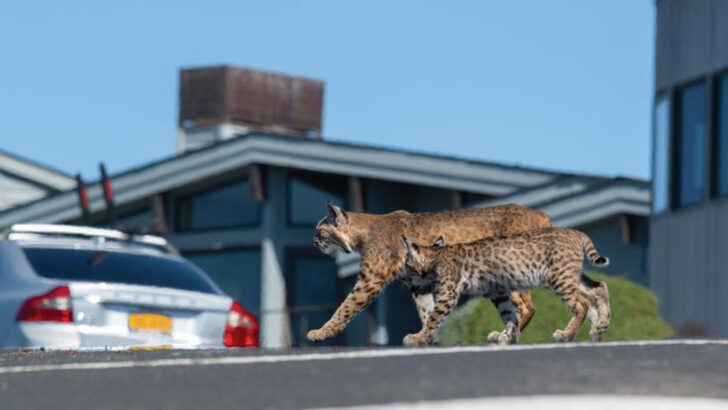Cities aren’t just for people anymore. As concrete jungles stretch across the map, some animals are doing more than surviving—they’re mastering the art of urban living. From dumpster-diving raccoons to hawks perched on skyscrapers, nature is rewriting the rules. Forget forests and meadows. The new wild is alleyways, rooftops, and subway tunnels. These creatures don’t just adapt—they innovate, outsmart, and outlast in places we once thought were ours alone. And while some species have already made cities their playground, others are just getting started. The wild is moving in, and it’s not asking for permission.
Rock Pigeon
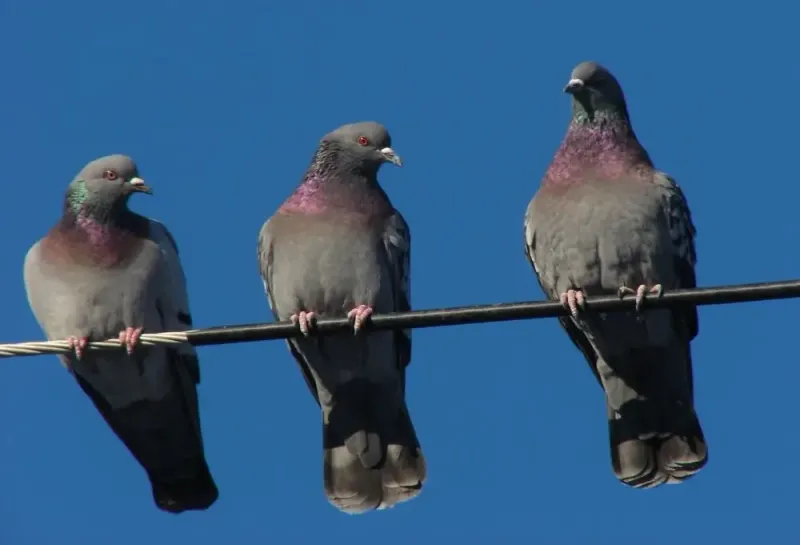
Rock pigeons, with their iconic cooing, are the quintessential city dwellers. Found in nearly every urban area worldwide, they have adapted to buildings as substitutes for their natural cliff habitats. These birds are social creatures, often seen flocking together on ledges or pecking at crumbs on busy sidewalks. Pigeons’ resilience and ability to thrive even in the densest cityscapes are what make them fascinating urban survivors. Their varied plumage adds a splash of natural color amidst the gray concrete and steel of modern cities.
Raccoon
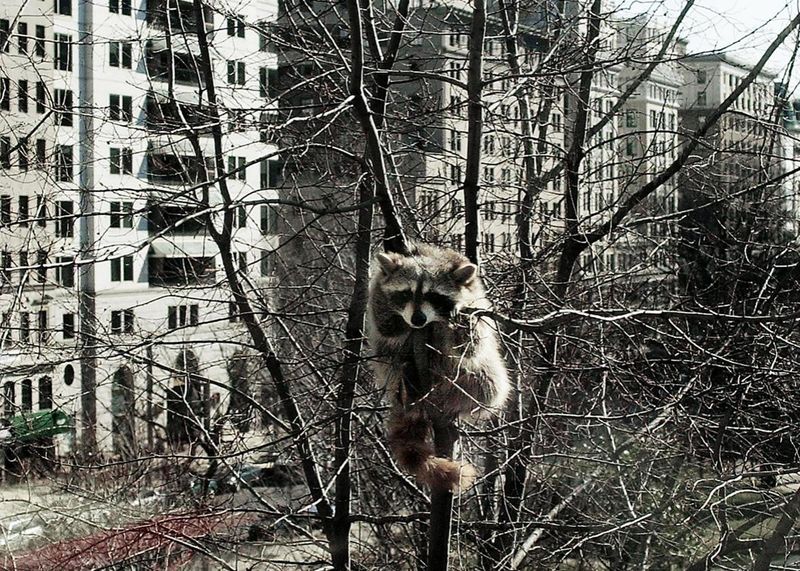
Raccoons are master dumpster divers, and their adaptability in urban landscapes is truly remarkable. Urban raccoons have become smarter, more dexterous, and even more nocturnal compared to their rural counterparts. They navigate city alleyways with ease, their nimble paws adept at opening trash bins and scavenging for food. These crafty creatures have even learned to coexist with humans, often seen sneaking around under the cover of darkness. Their masked faces and ringed tails are a common sight in city parks and backyards.
House Sparrow
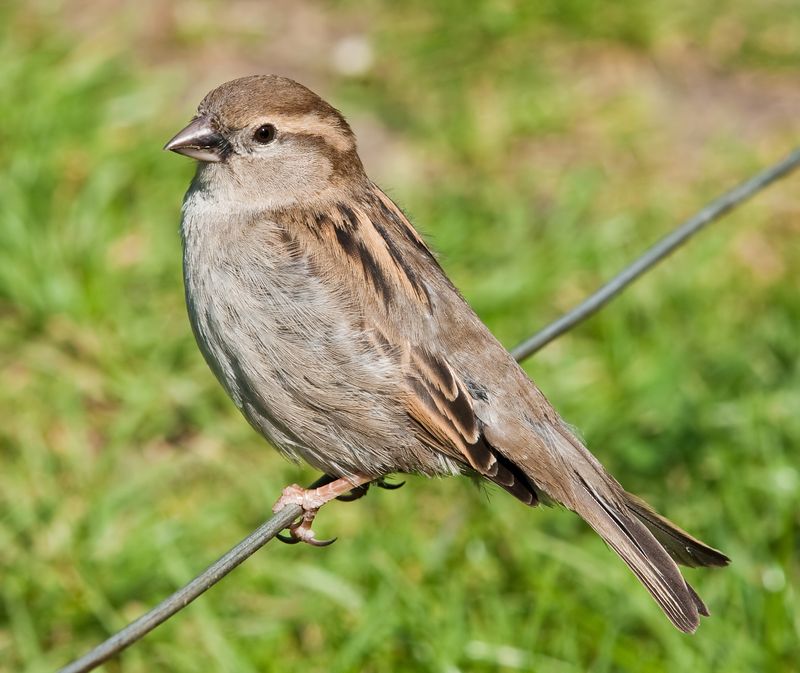
Originally from Europe, house sparrows have become a ubiquitous presence in cities around the world. These small birds thrive on food scraps and nest in the nooks and crannies of urban architecture. Their cheerful chirps can be heard echoing through city streets, a testament to their successful adaptation to human environments. House sparrows are social birds, often seen flitting about in groups, darting between cars and pedestrians without a care. Their ability to thrive amidst the hustle and bustle of city life is truly impressive.
Coyotes
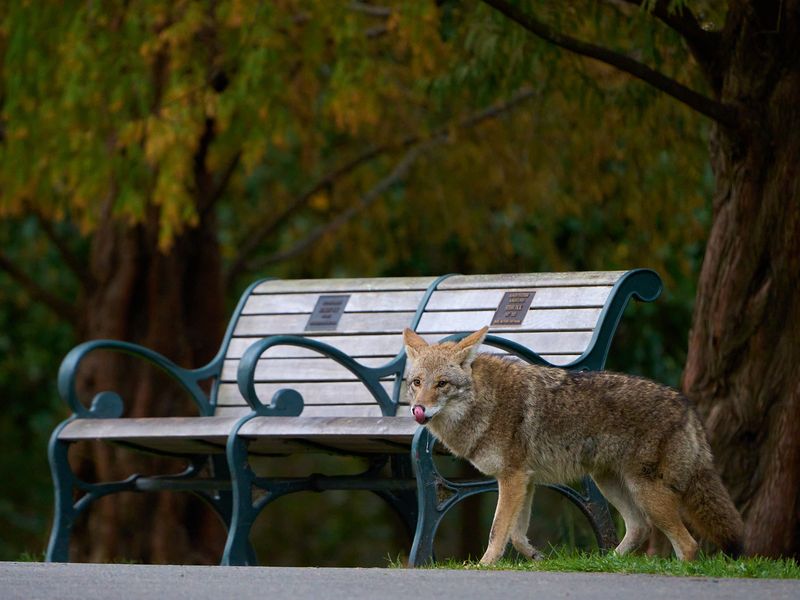
Coyotes have become an integral part of the urban ecosystem in cities like Chicago and Los Angeles. These adaptable canines have shifted their hunting times and routes to avoid human interaction. Often seen at dawn or dusk, they navigate through parks and greenbelts in search of small prey. Coyotes are known for their resourcefulness and ability to adapt to various environments, making them successful urban inhabitants. Their eerie howls sometimes echo through city nights, a haunting reminder of their presence.
Norway Rat
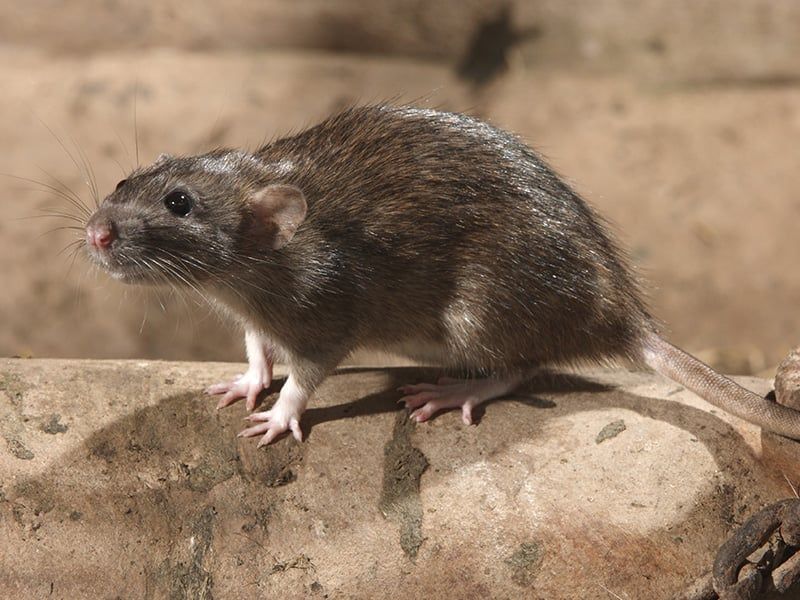
The Norway rat is a common yet often unwelcome inhabitant of many cities. These rodents have adapted remarkably well to urban environments, thriving in underground sewer systems. They are known for their complex navigation and foraging skills, honed to perfection in the labyrinthine cityscape. Despite their reputation, Norway rats play a role in the urban ecosystem, helping to control waste and scavenging for leftovers. With their sharp instincts and ability to reproduce rapidly, they have become enduring city dwellers.
Urban Fox (London)
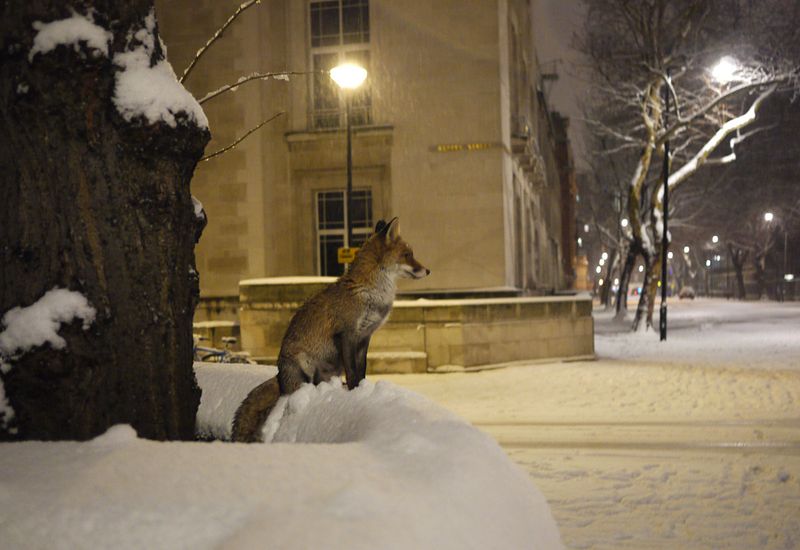
Urban foxes, particularly in London, have become adept at city living. These sly creatures thrive on fast food leftovers, often seen rummaging through bins or skulking through alleyways. Foxes have adapted to the noise and traffic of bustling metropolises, using their keen senses to navigate safely. Their ability to coexist with humans and other urban wildlife highlights their impressive adaptability. Despite their secretive nature, urban foxes are a cherished part of the city’s wildlife, adding a touch of wilderness to the urban jungle.
Eastern Gray Squirrel
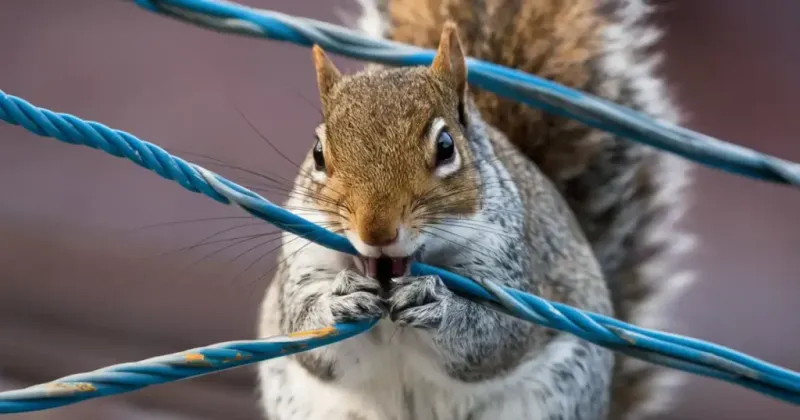
Eastern gray squirrels are a familiar sight in city parks, their bushy tails flicking as they dart between trees and buildings. These agile acrobats use power lines and rooftops like branches, adapting remarkably well to urban landscapes. Their boldness and memory skills help them locate food caches even in the most bustling environments. Eastern gray squirrels are known for their playful antics, often seen chasing each other in a game of tag. Their adaptability and charm have made them beloved residents of city spaces.
House Mouse
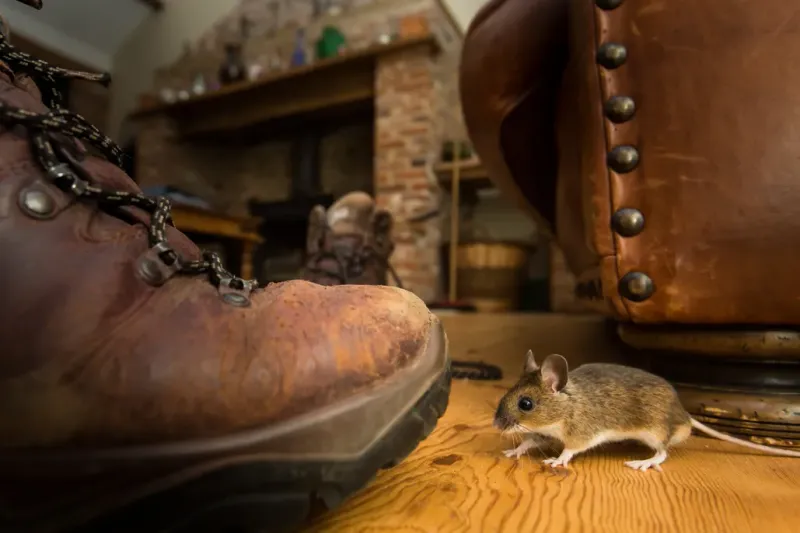
The house mouse is a tiny yet tenacious urban survivor. Domesticated by proximity, these little scavengers live wherever humans do. They are experts at finding crumbs and leftovers, often seen scurrying along baseboards and darting into shadows. House mice are incredibly resourceful, able to squeeze through the smallest of gaps in search of shelter and sustenance. Despite their diminutive size, they have a significant impact on the urban ecosystem, adapting to city life with astounding ease.
European Starling
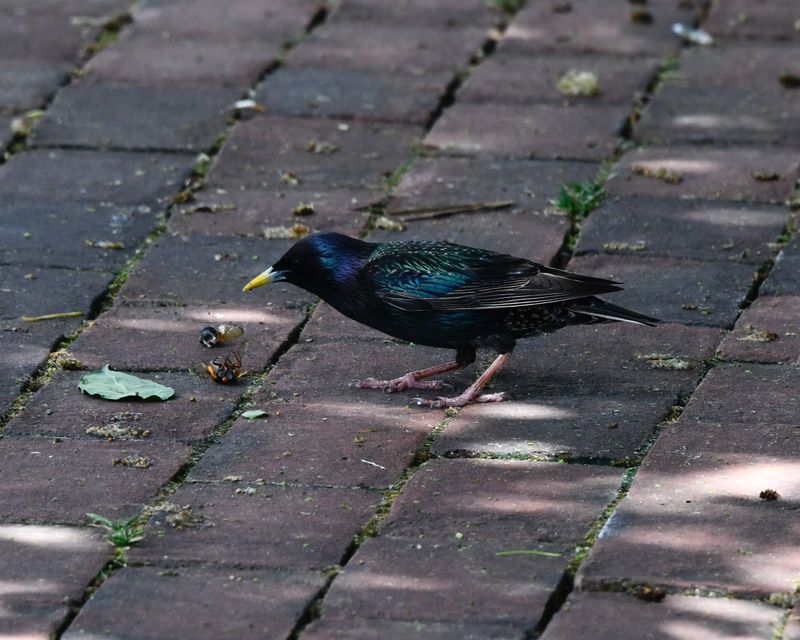
European starlings are known for their striking iridescent plumage and gregarious nature. These birds often nest in city vents and street signs, taking advantage of the urban landscape. Starlings are skilled mimics, incorporating city sounds into their songs, creating a unique urban symphony. Their adaptability has made them successful inhabitants of cities across the globe. Starlings are often seen in large, swirling flocks, performing aerial acrobatics that are as mesmerizing as they are adaptive.
Red-Tailed Hawk
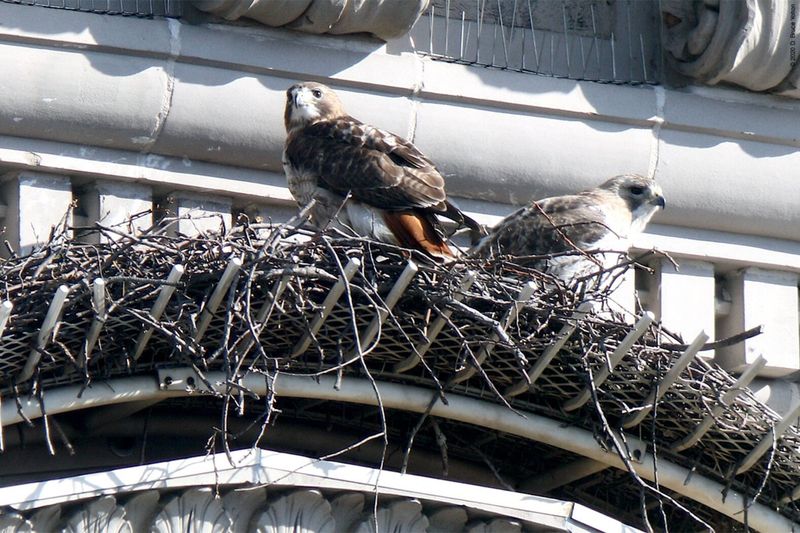
Red-tailed hawks have become increasingly common sights in urban parks and campuses. These majestic birds of prey hunt rats and pigeons from their perches on skyscraper ledges. Their sharp eyesight and powerful talons make them formidable predators, well-suited to the urban hunting grounds. Red-tailed hawks are often seen soaring gracefully above cityscapes, their keen senses attuned to the rhythms of urban life. They have adapted remarkably well to life in the city, thriving in unexpected habitats.
Brown Rat Snake
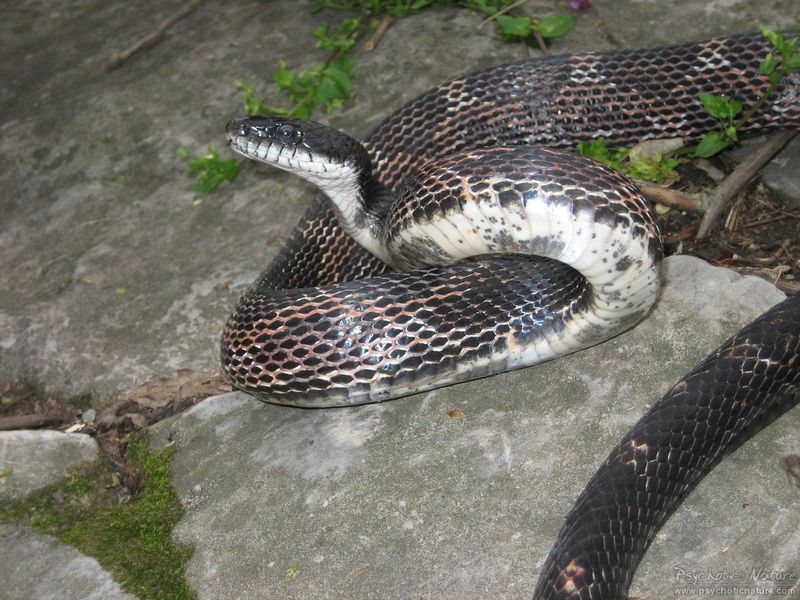
Brown rat snakes have found a niche in warmer U.S. cities, surviving in abandoned buildings and overgrown lots. These snakes prey on urban rodents, helping to control pest populations in city environments. Their ability to thrive in such diverse habitats is a testament to their adaptability and stealth. Brown rat snakes are often unnoticed, quietly fulfilling their role in the urban ecosystem. Despite their elusive nature, they play a crucial part in maintaining the balance of urban wildlife communities.
Crows
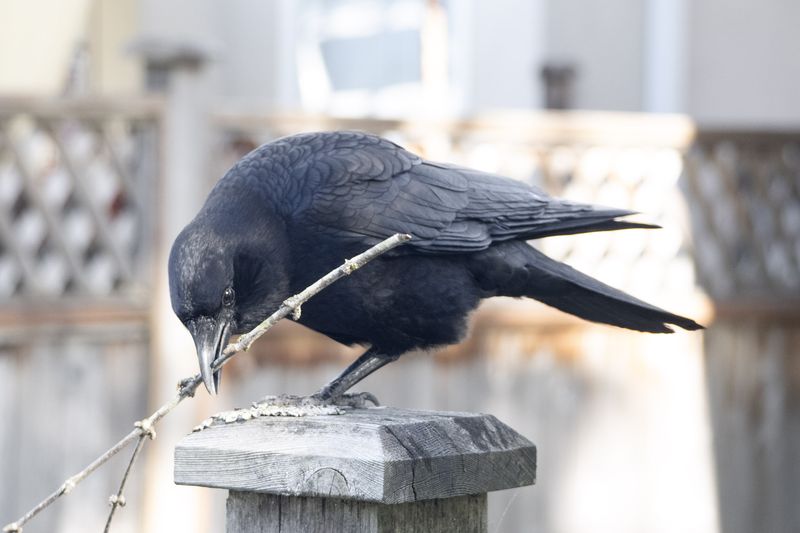
Crows are famous for their intelligence and adaptability. In urban areas, these clever birds use traffic to crack nuts, dropping them under car wheels to break open the shells. Crows are also known to recognize human faces, remembering those who feed them or pose a threat. Their adaptability to city life is astonishing, making them a captivating part of urban wildlife. Often seen in groups, crows’ raucous calls and glossy black feathers add a mysterious charm to cityscapes.
Opossums
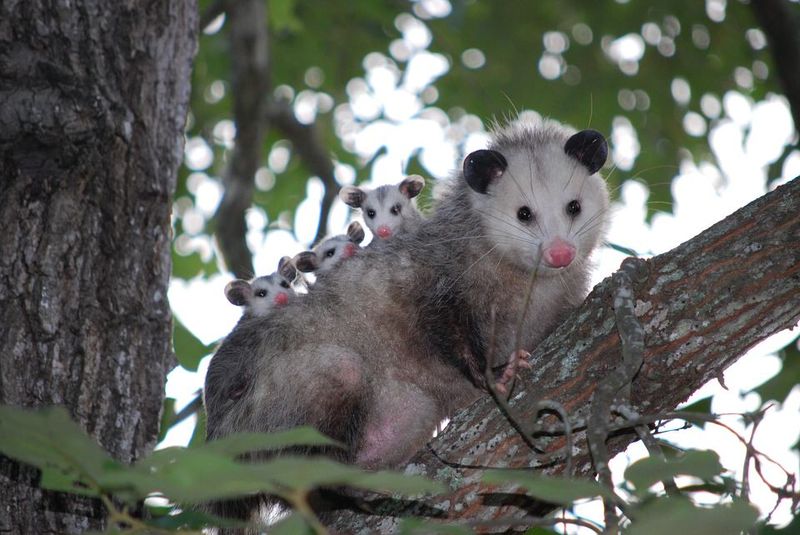
Opossums are increasingly seen in suburban and urban neighborhoods, adapting to scavenge pet food and garbage. These nocturnal marsupials are known for their distinctive appearance, with white faces and long, hairless tails. Opossums play an important role in the ecosystem as scavengers, cleaning up carrion and reducing insect populations. Despite their sometimes alarming appearance, opossums are generally harmless and beneficial to urban environments. Their adaptability to city life showcases their resilience and ecological importance.
Deer
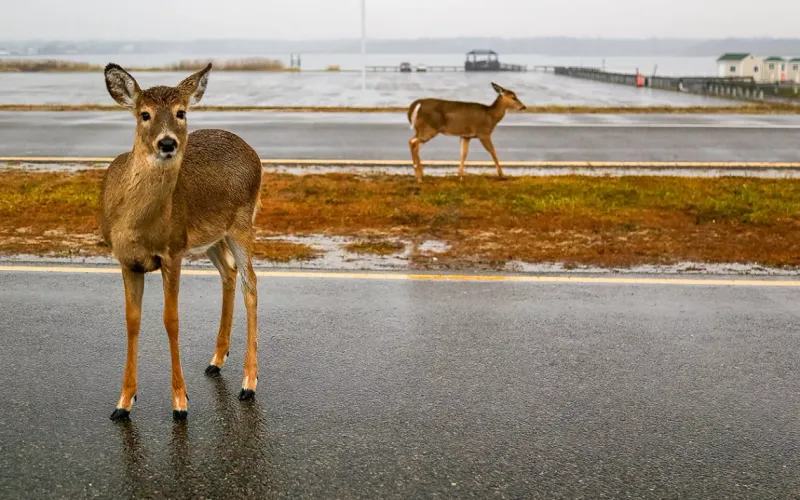
Deer are now regularly spotted in suburbs and even city parks, especially at night. These graceful animals have adapted to urban environments by altering their foraging habits and becoming more nocturnal. Deer are often seen grazing on lush lawns and gardens, their presence a serene contrast to the urban bustle. Their ability to adapt to city life is a testament to their resilience and versatility. Despite the challenges of urban living, deer continue to thrive within the green spaces of cities.
Black Bears
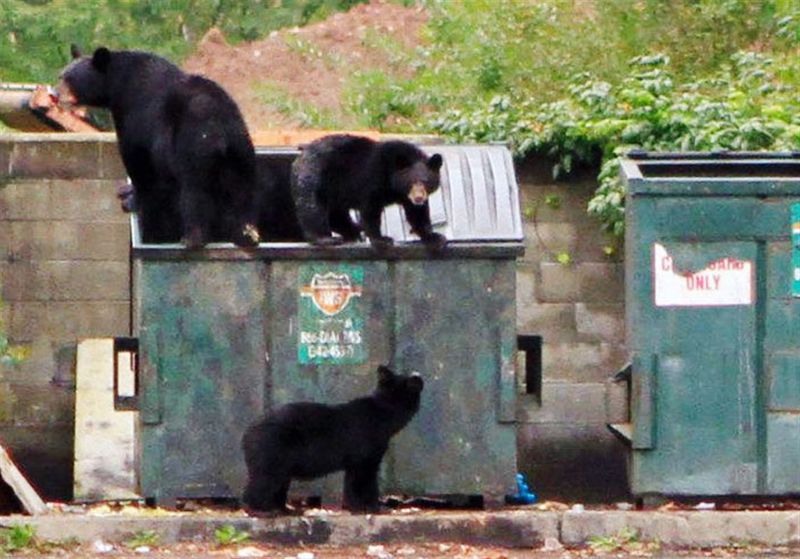
Black bears are learning to navigate the fringes of urban areas, raiding dumpsters and avoiding human interaction. These adaptable omnivores have been spotted in suburbs where they forage for food, often under the cover of night. Black bears’ presence in urban areas is a reminder of the delicate balance between wildlife and human populations. Their adaptability and intelligence enable them to survive on the outskirts of cities, blending the boundaries between wilderness and urban landscapes.
Great Horned Owl

Great horned owls are increasingly seen nesting in city parks and golf courses as long as prey is plentiful. These majestic birds of prey are known for their striking yellow eyes and distinctive tufts. They silently glide through the night, hunting rodents and other small animals. Great horned owls’ presence in urban areas highlights the adaptability of wildlife to new environments. Their haunting calls echo through the night, adding a mystical element to the urban soundscape.
Bobcats
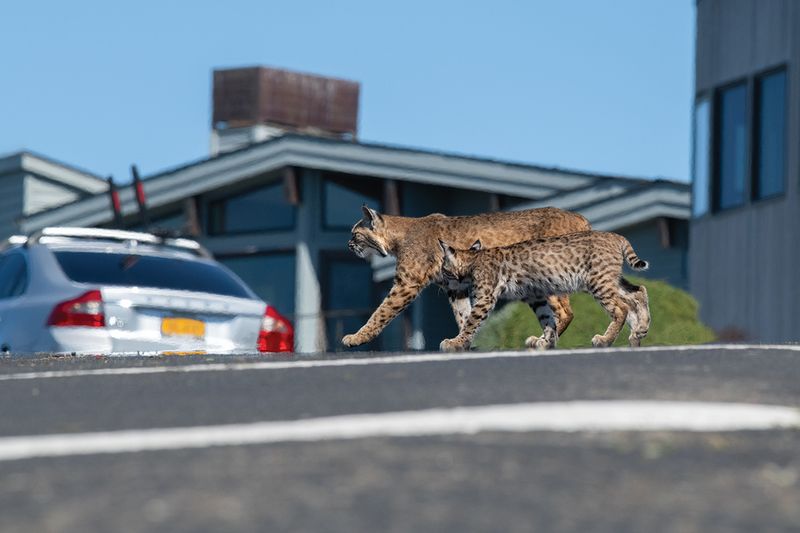
Bobcats have been spotted in the outskirts of cities like Dallas and Phoenix, avoiding people while hunting small prey. These solitary and elusive felines are known for their adaptability and keen hunting skills. Bobcats’ presence in urban areas is a testament to their ability to navigate and survive in a variety of environments. Despite their mysterious nature, they play an essential role in controlling rodent and rabbit populations. Bobcats are a fascinating example of wildlife adapting to city life.
Turkey Vultures
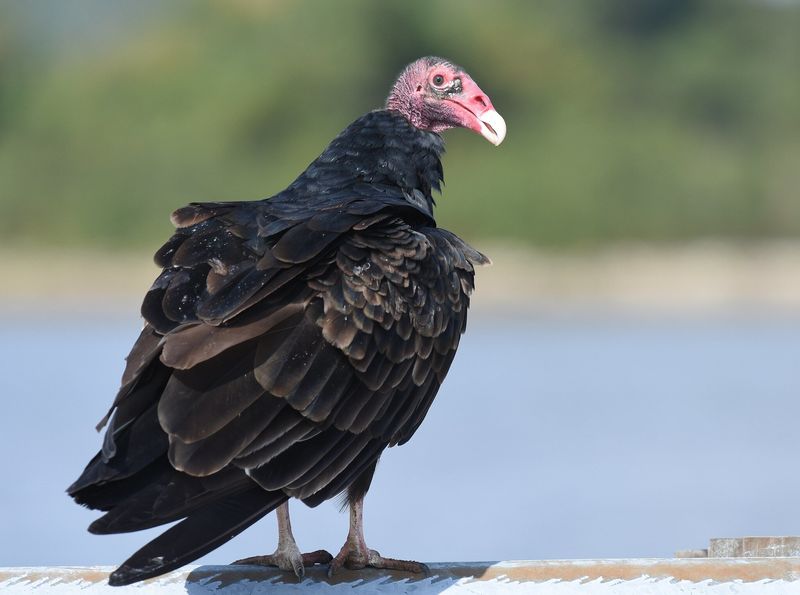
Turkey vultures use city heat currents to soar and are often found scavenging near roads and landfills. These large birds are known for their keen sense of smell, which they use to locate carrion. Turkey vultures’ role as scavengers is crucial in maintaining the balance of urban ecosystems. Their adaptability to city environments is noteworthy, and they are often seen circling high above in search of food. Despite their unattractive reputation, turkey vultures are vital to the urban landscape.
Red Foxes (U.S. cities)
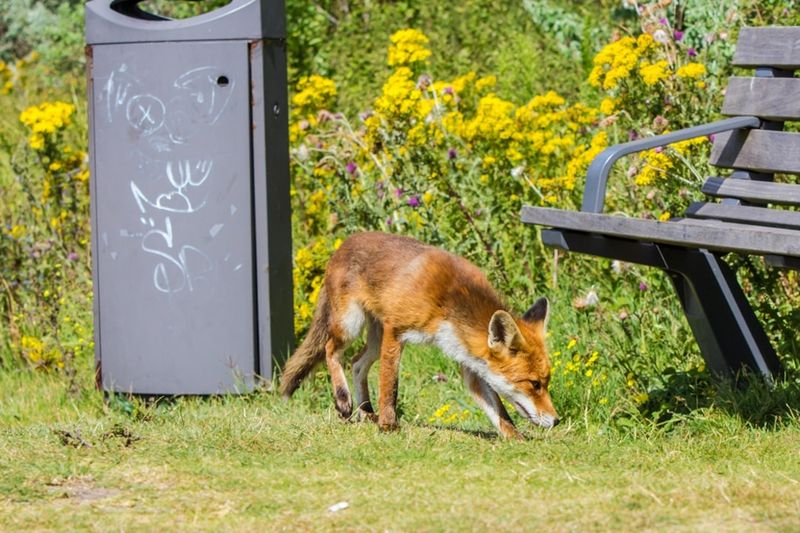
Red foxes are now being seen in more metropolitan areas, following the trail of rodents and rabbits. These cunning predators have adapted to urban environments by using their stealth and agility to navigate city streets. Red foxes’ presence in urban areas is a sign of their remarkable adaptability and survival skills. Despite their elusive nature, they contribute to controlling urban rodent populations. With their striking red fur and bushy tails, red foxes add a touch of wild beauty to urban settings.

